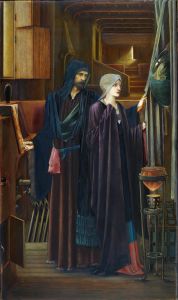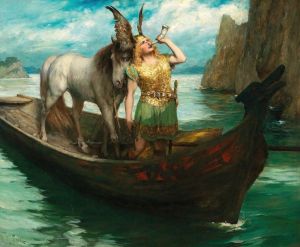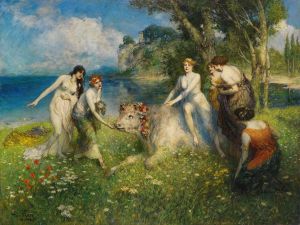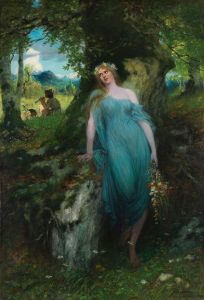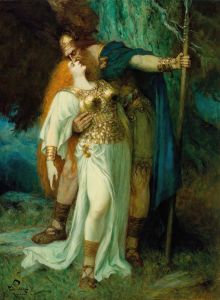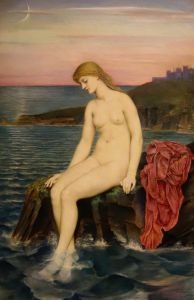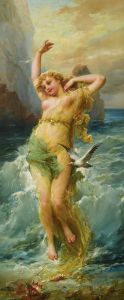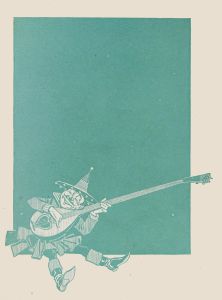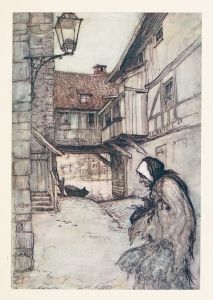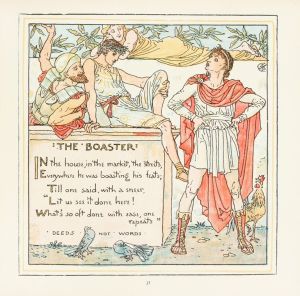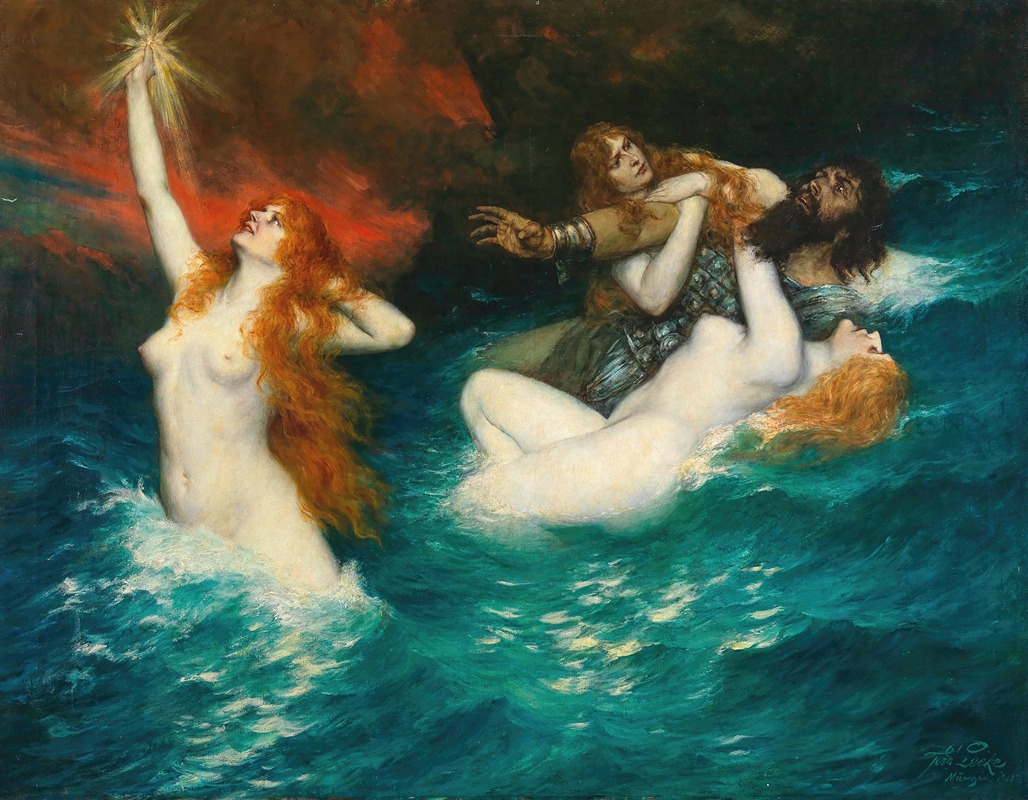
The Rhinemaidens
A hand-painted replica of Ferdinand Leeke’s masterpiece The Rhinemaidens, meticulously crafted by professional artists to capture the true essence of the original. Each piece is created with museum-quality canvas and rare mineral pigments, carefully painted by experienced artists with delicate brushstrokes and rich, layered colors to perfectly recreate the texture of the original artwork. Unlike machine-printed reproductions, this hand-painted version brings the painting to life, infused with the artist’s emotions and skill in every stroke. Whether for personal collection or home decoration, it instantly elevates the artistic atmosphere of any space.
Ferdinand Leeke was a German painter known for his works that often depicted scenes from operas and literature. One of his notable paintings is "The Rhinemaidens," which draws inspiration from Richard Wagner's famous opera cycle, "Der Ring des Nibelungen." Leeke's work captures the essence of Wagnerian themes, translating the dramatic and mythical elements of the opera into a visual form.
"The Rhinemaidens" specifically refers to the three water-nymphs or mermaids featured in the first opera of the cycle, "Das Rheingold." In Wagner's narrative, these characters are guardians of the Rhine gold, a treasure of immense power and significance. The Rhinemaidens are named Woglinde, Wellgunde, and Flosshilde, and they dwell in the depths of the Rhine River. Their role is pivotal as the theft of the Rhine gold by the dwarf Alberich sets off the chain of events that unfold throughout the entire Ring cycle.
Leeke's painting captures the ethereal and enchanting nature of the Rhinemaidens. His use of color and composition evokes the mystical underwater setting where these characters reside. The painting likely emphasizes their beauty and allure, characteristics that are central to their role in the opera. The Rhinemaidens are often depicted as playful and carefree, yet their presence is tinged with a sense of foreboding due to the gold they guard.
Ferdinand Leeke was active during the late 19th and early 20th centuries, a period when Wagner's operas were gaining immense popularity. Leeke's work is part of a broader cultural movement that sought to visualize and interpret Wagnerian themes through various artistic mediums. His paintings are considered part of the Romantic tradition, characterized by an emphasis on emotion, nature, and the sublime.
Leeke's interpretation of Wagnerian subjects was well-received, and his paintings contributed to the visual culture surrounding Wagner's operas. By translating the music and drama of the operas into visual art, Leeke and his contemporaries helped to popularize Wagner's work beyond the opera house, making it accessible to a wider audience.
While specific details about the creation and exhibition history of "The Rhinemaidens" by Ferdinand Leeke may not be extensively documented, the painting remains an example of how 19th-century artists engaged with and interpreted operatic themes. Leeke's work continues to be appreciated for its ability to capture the spirit of Wagner's music and the mythological world it inhabits.
In summary, Ferdinand Leeke's "The Rhinemaidens" is a painting that reflects the artist's engagement with Wagnerian opera, specifically "Das Rheingold." Through his depiction of the mythical water-nymphs, Leeke contributes to the visual legacy of Wagner's work, offering a glimpse into the enchanting and dramatic world of the Rhinemaidens.





